RSS
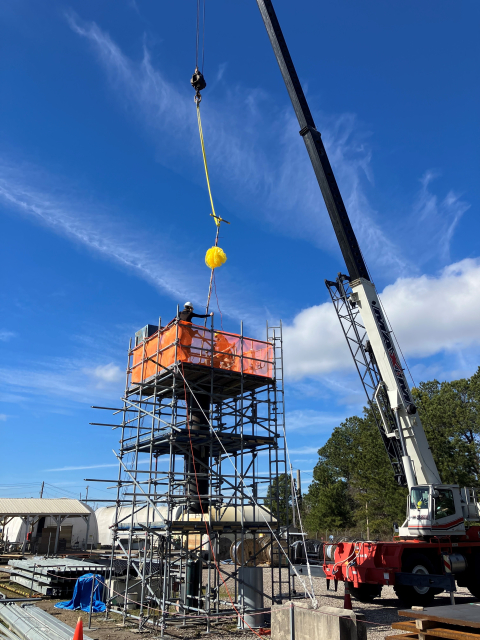
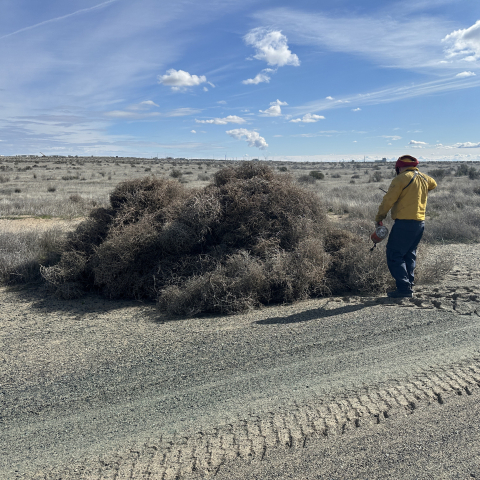
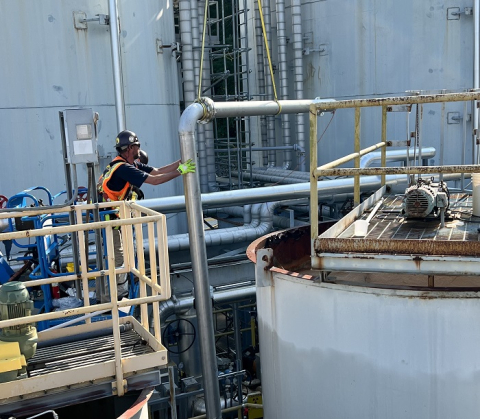
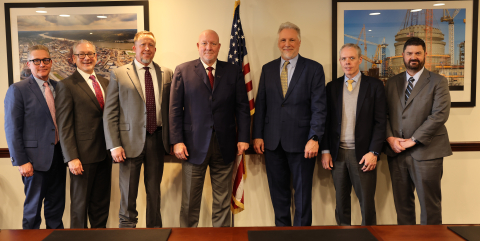
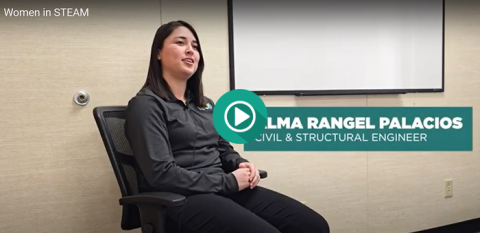
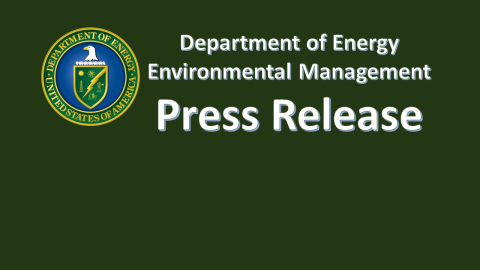
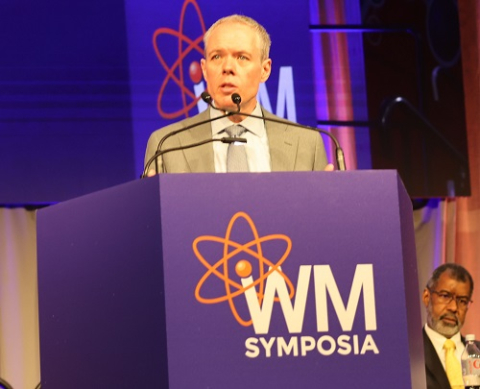
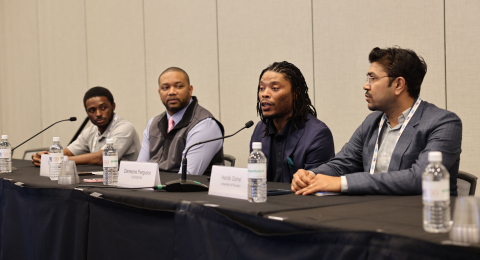
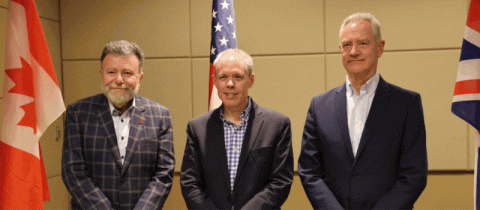


Innovation fueled the creation of a new tool at EM's Savannah River Site (SRS) that helps ensure equipment being lowered into an underground liquid waste tank does not encounter any interferences.

The Hanford Fire Department is using prescribed burns at the 580-square-mile EM cleanup site to reduce wildfire risks in the late spring and summer.

The Oak Ridge Office of Environmental Management and contractor UCOR recently completed an extensive piping replacement project to extend the life of the Liquid and Gaseous Waste Operations (LGWO) system at Oak Ridge National Laboratory (ORNL).

Efforts to retain and recruit skilled construction trade workers took a major step forward with the signing of a project labor agreement between Oak Ridge Office of Environmental Management contractor UCOR and North America’s Building Trades Unions.

Women in science, technology, engineering, art and math fields bring a broad range of talents, skills and perspectives to EM cleanup projects across the DOE complex.

The U.S. Department of Energy awarded seven competitive financial assistance grant awards to Minority Serving Institutions totaling $24,761,831.

This EM Update issue focuses on EM’s participation in the 2024 Waste Management Symposia, the premier international conference for radioactive waste management and related topics held March 10-14 in Phoenix, Arizona.

The senior advisor at EM’s Idaho National Laboratory Site said there are people who don’t want to fill out applications or sign up for events like the panel session they participated in at the 2024 Waste Management Symposia focusing on EM's Minority Serving Institutions Partnership Program (MSIPP) and advancing a sustainable, diverse science, technology, engineering and math (STEM) pipeline.

EM senior leaders William “Ike” White and Jeff Avery joined officials from the United Kingdom and Canada on the margins of this year’s 2024 Waste Management Symposia.

A perfect fit for this year’s Waste Management Symposia theme, “Proud of our Past, Poised for the Future,” this panel focused on the past 50 years of environmental remediation and engaged with the audience on challenges and opportunities as cleanup progress continues.

